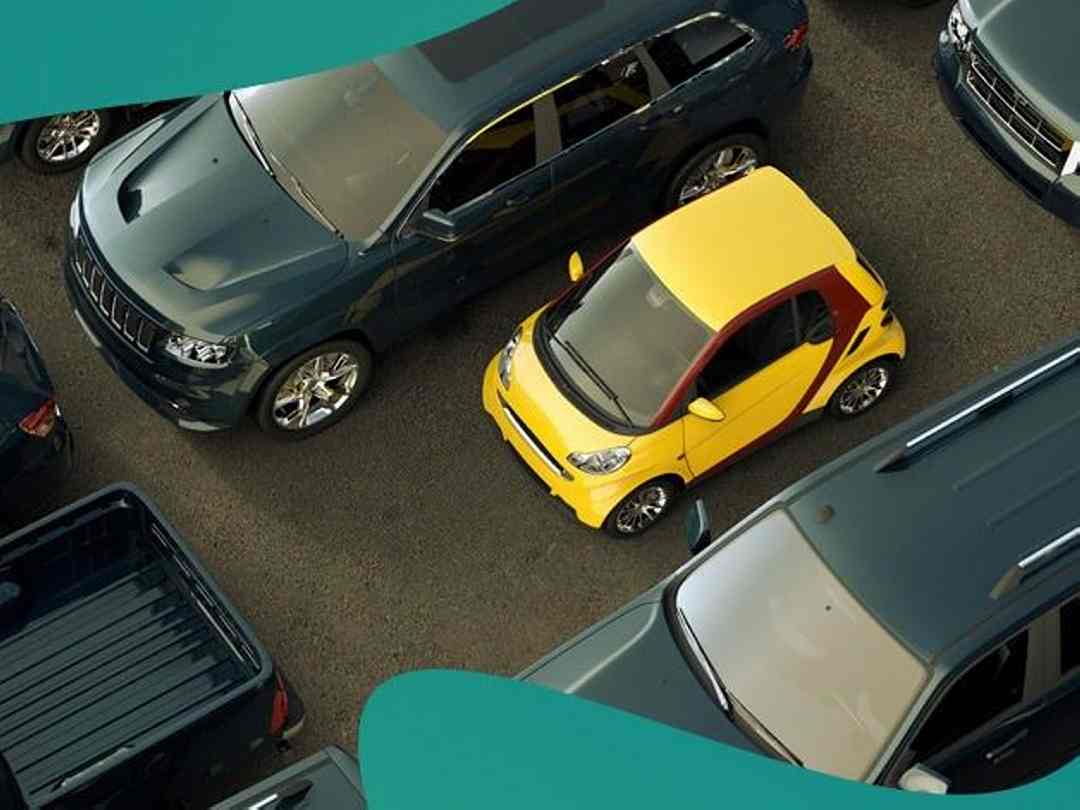If you are considering purchasing a car, nothing could be more reliable than a little. The small cars are economical, stylish, great on gas and depending on the model and make, they may be efficient. Honda Civic, Toyota Corolla and Hyundai Elantra are popular versions. The cars in this class, which are one step above subcompact cars and one action below mid-size automobiles, can comfortably seat 4 passengers, although for some car purchasers, that may not be enough. Light vehicles such as sports utility automobiles (SUVs), cross-overs, pickups, and minivans now account for over 75 percent of new vehicle sales. This pattern began nearly 20 years ago. Is it safe to drive a little car on a road with an increasing number of larger automobiles?
Benefits of smaller-sized trucks
Price reduction. One of the most appealing features of a small automobile is its price. The cost of a little automobile is a great marketing tool for those who can’t afford the car they really desire, or are students, customers, or just looking for an additional, inexpensive family vehicle.
Gas economy Since there’s not a lot of power needed to get these small, little automobiles moving, you obtain more miles per gallon as well as, consequently, better gas economic condition, which could be a significant cost saving for most people. The small car is a cost-effective option for many people, especially with the lower purchase price.
Easy to park and drive. The smaller sized cars are easier to drive in driving situations and in certain auto parking scenarios such as reverse parking, identical parking, or places where parking is restricted. These cars are small and easy to drive, making them ideal for narrow roads.
Automobile features. Many of the features that are now found in small automobiles were previously only available on expensive cars. These include GPS navigation, keyless entry, power windows and locks, as well as top-of-the-line stereos. All automobiles, including small vehicles, are influenced by technological innovations.
Safety and security for small cars and trucks
Small cars are viewed positively by the public in terms of safety because of their variety of security features, some of which are standard in car models. These features include front and side airbags, anti-lock breaks (ABDOMINAL), led headlamps and dead-spot surveillance. They also consist of seat belts and also safety and security innovations for safety seats, brake assistance, as well as back-up cameras. Several popular small models also score well on safety and security as well as collision tests.
In the last couple of years, SUVs have also become lighter as well as more like a car. Some SUVs have safety features that smaller cars would not be able to accommodate, like rear seat airbags. Pickups are less likely to be equipped with advanced safety features, but SUVs are catching up to the functions that are currently permitted in small automobiles.
Small cars and trucks: A threat to public safety
Even though they have the safety features that are standard on many small cars, and their performance in safety and health tests is adequate, drivers and passengers of these vehicles face greater fatalities and also more severe injuries in accidents with larger automobiles.
According to the Insurance Coverage Institute of Freeway Safety And Security, minicars and small cars represented 15 of 20 versions that had the highest fatality rates for the version year 2017. In contrast, 50 percent of the versions with the lowest fatality rate were luxury SUVs. It has been stated that smaller sized cars and trucks are the ones who take the most pressure when they collide with larger automobiles. This is why the prices are so high. In addition to the higher fatality rates for small automobiles, larger cars also cause more damage to the body. There are some models that stand out. In IIHS’s research, two 2017 small models were found to be in opposition to the trend: the Volkswagen Golf as well as the Nissan Fallen Leave. The prices for the fatalities were significantly reduced compared to the standard high prices of the rest of the small course.
Do large cars (SUVs as well as trucks) have an impact?
It is a known fact that large vehicles are often seen on the road, be they SUVs, minivans or little pickups. Data shows that owners of larger lorries have lower fatality rates in an accident compared to those who drive smaller cars.
IIHS, however, has found that SUVs and also large cars are more likely to kill pedestrians than small vehicles. Other research has shown that full-size cars, due to their size and structure, can hide pedestrians as well as smaller vehicles. This increases the danger of a crash, severe injury or fatality for those who are on the road with them. Scientists claim that larger cars have a harder time avoiding accidents. As new automobile sales show, there is a market for bigger automobiles.
Why accidents happen
Driver habits cannot be ignored while the security and influence of large automobiles on driving are being investigated and examined, especially in comparison to small vehicles. Here are some of the main reasons accidents happen:
- Driving faster than the posted speed limit
- Driver interruptions, including texting, eating, or other activities while driving
- Tiredness or sleepiness
- Alcohol or medication problems
Other elements and factors that influence driver safety have also been identified:
- Mechanical problems
- Weather and road conditions
- Poorly designed roads
Tips for driving safely
You should always adhere to the posted speed limit and be a mindful and focused motorist, whether you’re driving a little car or a full-size vehicle. To protect yourself from a larger vehicle dead zone, whether it’s from a SUV or heftier, full-size car, keep these tips in mind.
- When possible, avoid the sides of SUVs as well as large vehicles. If you must, pass quickly and be sure to indicate that you’re pleased the driver has seen you.
- You should ensure that you can see both side mirrors of the larger lorry. You may not be able to see them in their side mirror if you can’t see them.
- Anticipate the actions of other motorists. Be alert and watch out for other vehicles’ brake lights and signals.
- Make sure there is enough space in front of you. You should run out of the front dead space if you can see the front lights of a truck in your rearview.
- Don’t tailgate. You may not be able to see the vehicle in front if you are driving behind a larger car. Allow them enough space to stop or reduce.








